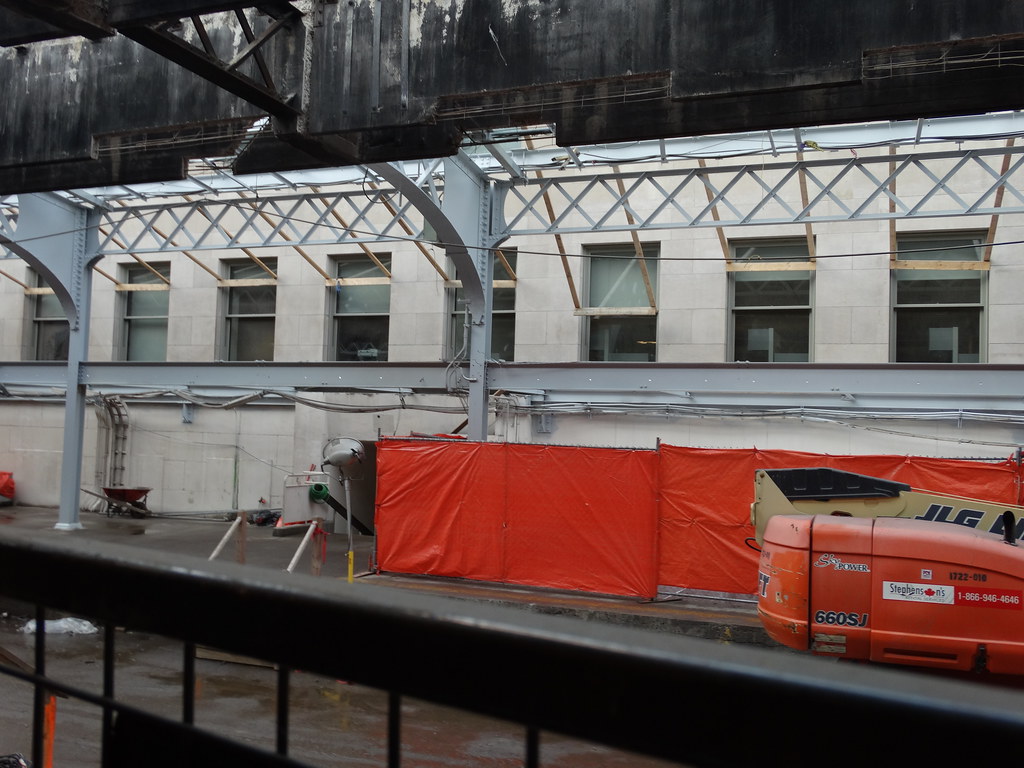someMidTowner
¯\_(ツ)_/¯
That is what I was guessing as well. If that is the case though, I wonder why they would be allowed to keep imperial measurements when the change to metric happened while the rapidly growing (at the time) truck freight system had to switch. Trucks move as much if not more freight than trains, and buses move more passengers, so why give trains an exemption and not roads? Not trying to defend trucks and buses over trains, which make much more sense - and I am not trying to argue imperial vs metric. Just seems odd to me.





